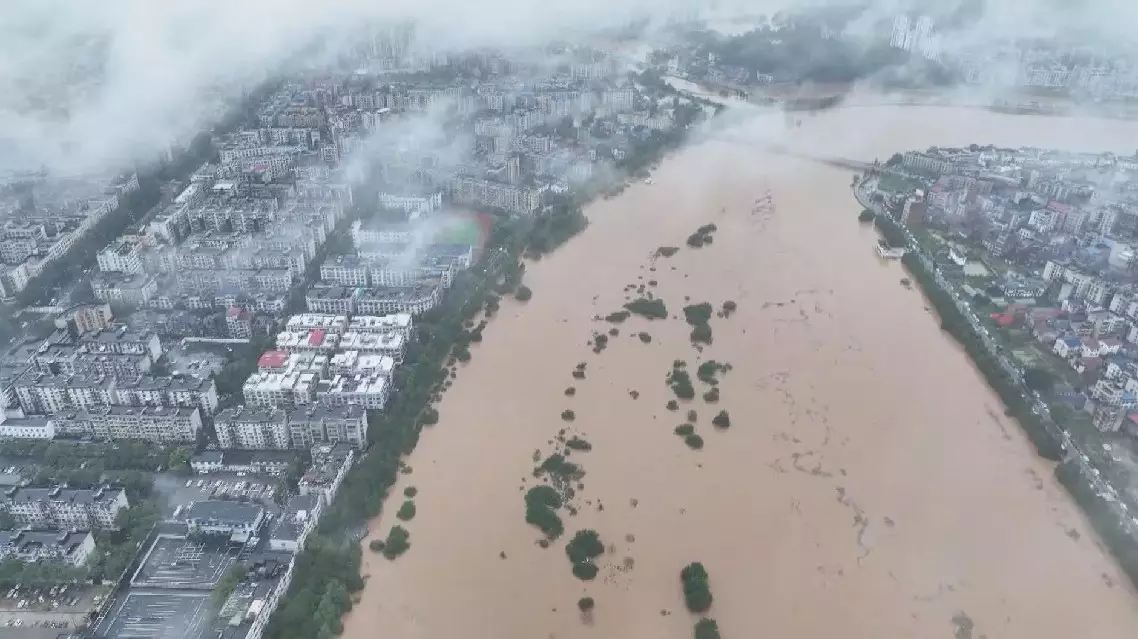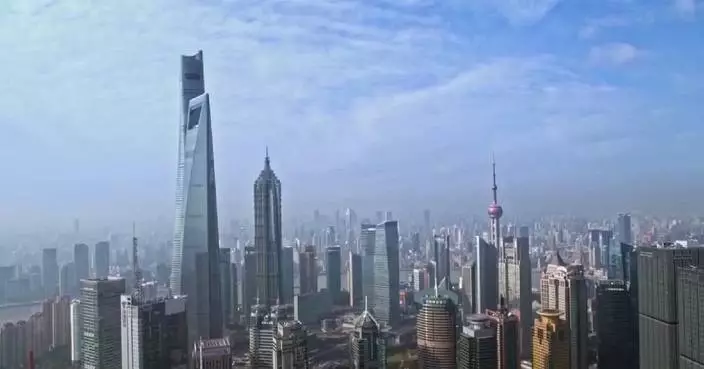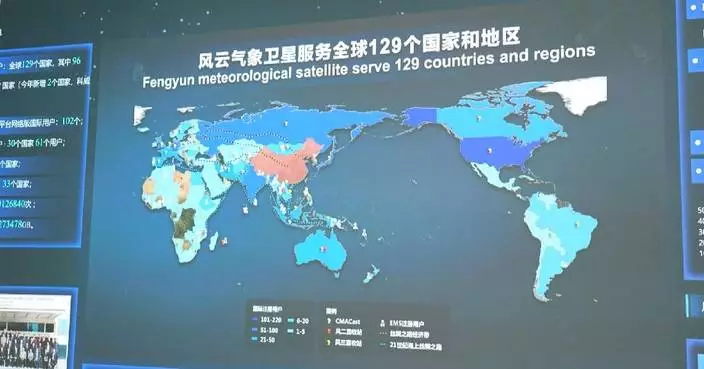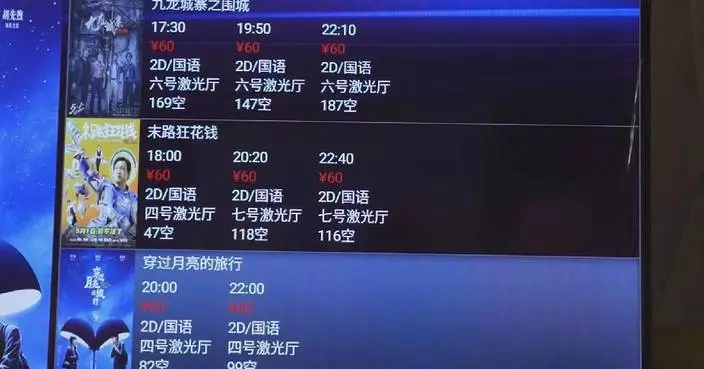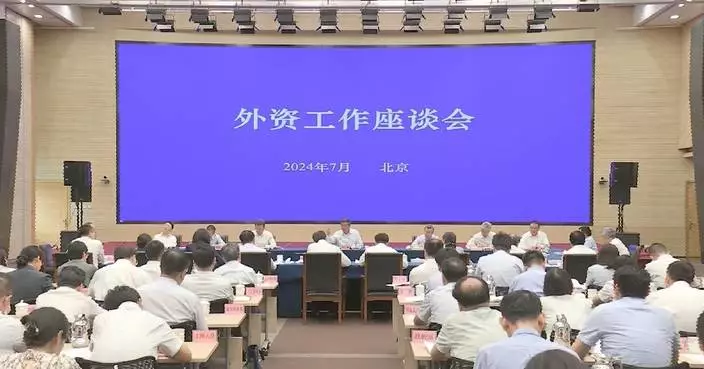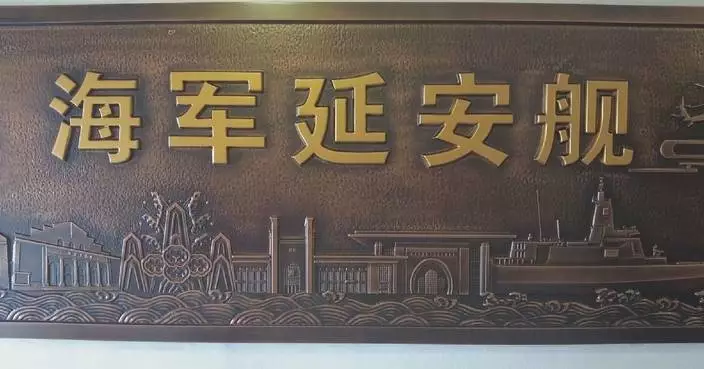Chinese exports of new energy vehicles (NEVs) have soared in recent years because of their competitive advantages in technologies, domestic and foreign experts said at the just-concluded Summer Davos forum.
They said that the overcapacity accusation of China's NEV sector is untenable.
The three-day Summer Davos forum, or the World Economic Forum (WEF)'s 15th Annual Meeting of the New Champions, concluded in Dalian, northeast China's Liaoning Province, on Thursday.
At a sub-forum on Wednesday, participants engaged in heated discussions about the future development of China's electric vehicle (EV) industry with additional tariffs from the European Union of up to 38.1 percent, on top of the standard 10 percent vehicle duty already in place.
Experts at the forum dismissed the overcapacity allegation as promulgated by the United States and some European countries. "The overcapacity issue is, I think, not the right approach to this. Electric vehicles in particular are being produced for the Chinese market. If you can sell some of them abroad, then that's okay. It's not a question of production, it's a question of satisfying the demand," said Andre Hoffmann who sits on the board of trustees of the World Economic Forum.
The International Energy Agency estimated that 45 million NEVs are needed globally before 2030, while official data showed China's NEV output and sales stood at nearly 9.59 million units and around 9.5 million units, respectively, with only 1.21 million units being exported. This is far from the global demand for NEVs.
At the forum, experts argued that compared with European and U.S. automakers, Chinese car companies have a 30 to 50 percent cost edge, which makes them especially competitive in the global market.
"I think Chinese manufacturers have an excellent opportunity to command a good market share because the products are great, the design is great, the reliability is great. Even with the tariffs that the EU is talking about, the price of Chinese EVs is still going to be incredibly competitive," said Paul Mottram, regional president of Zeno Asia-Pacific, a global consultancy company.
"Chinese NEVs are averaged 31,000 euros per unit in Europe, higher than that in China. So, price distortion doesn't exist," said Ren Hongbin, chairman of the China Council for Promotion of International Trade, a national trade body.
The U.S. and some European countries allege that Chinese EV makers have achieved cost efficiencies from heavy subsidies from the government. In response, the Chinese Ministry of Commerce pointed out that China does not have prohibited subsidies as stipulated by the World Trade Organization (WTO).
In contrast, the U.S. and some European countries have significantly increased subsidies for their car companies and put in place many exclusive and discriminatory practices in order to obstruct the entry of Chinese EV products into their markets. This is typical protectionism and runs counter to WTO basic principles, said the ministry.
At the forum, experts noted that Chinese automakers have gained such big advantages in the global market not through price competition, but through competition in technology, quality and safety of their products.
"It is not price competition, but value competition. The transaction price is not what we should compete on, but the whole life cycle of the products. We should focus on who can provide the most valuable products and divert our attention to the competition on technological innovation, and the quality and safety of our products," said Zeng Yuqun, chairman of CATL, a Chinese power battery manufacturer.
Other experts highlighted that China should be appreciated for its efforts to reduce the prices of new energy products, including electric vehicles, batteries, solar and wind equipment, which brings tangible benefits to people around the world.
"China has been leading over the past decade, I think, in innovating and manufacturing renewable energy products, especially in electric vehicles, in batteries, in solar and wind equipment. China's manufacturing [sector] has helped to reduce the global price of both solar and wind products. I think this should have been appreciated really," said Liu Zhenmin, China's special envoy for climate change.
Industry experts also expect Chinese NEV sector to maintain a 20 to 30 percent growth in exports in the coming years, and they said the rapid development of China's new energy industry has promoted the wide application and industrialization of green, digital and artificial intelligence (AI) technologies, injecting strong impetus in the global economic recovery and growth.
Themed on "Next Frontiers for Growth," the Summer Davos forum gathered over 1,700 leading figures from the public and private sectors in more than 100 countries and regions to jointly explore new drivers and pathways for global economic growth.
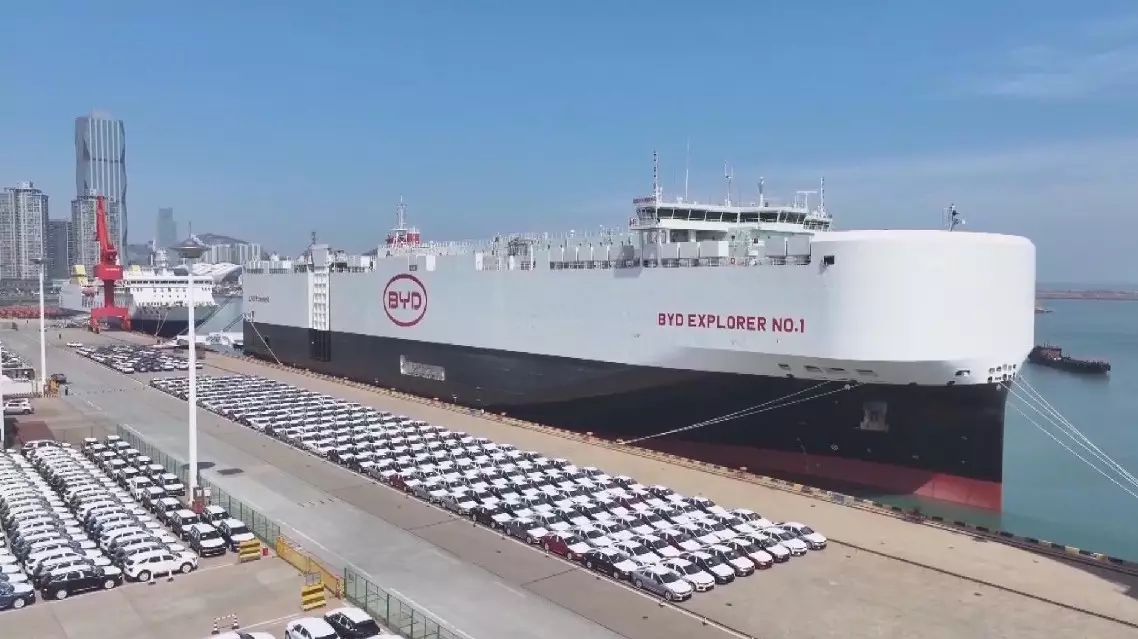
Experts at Summer Davos refute overcapacity allegation against China


